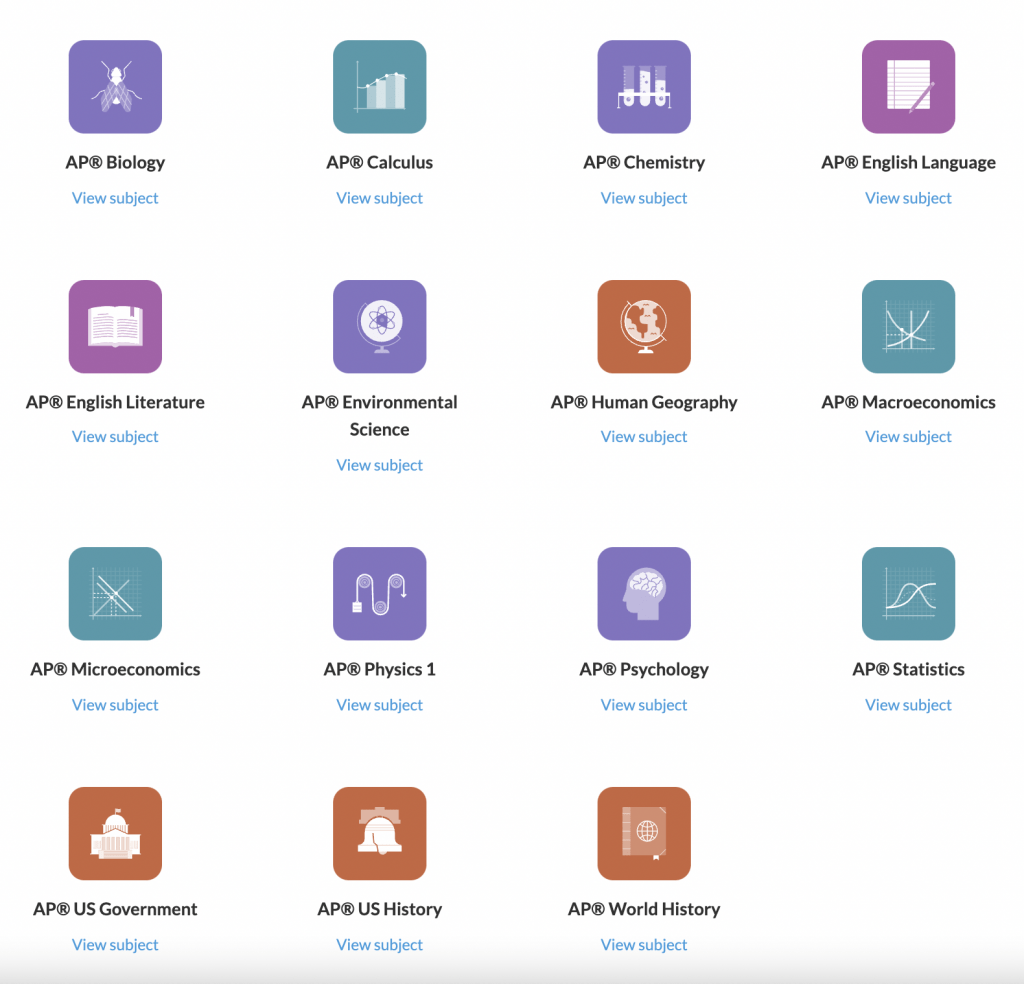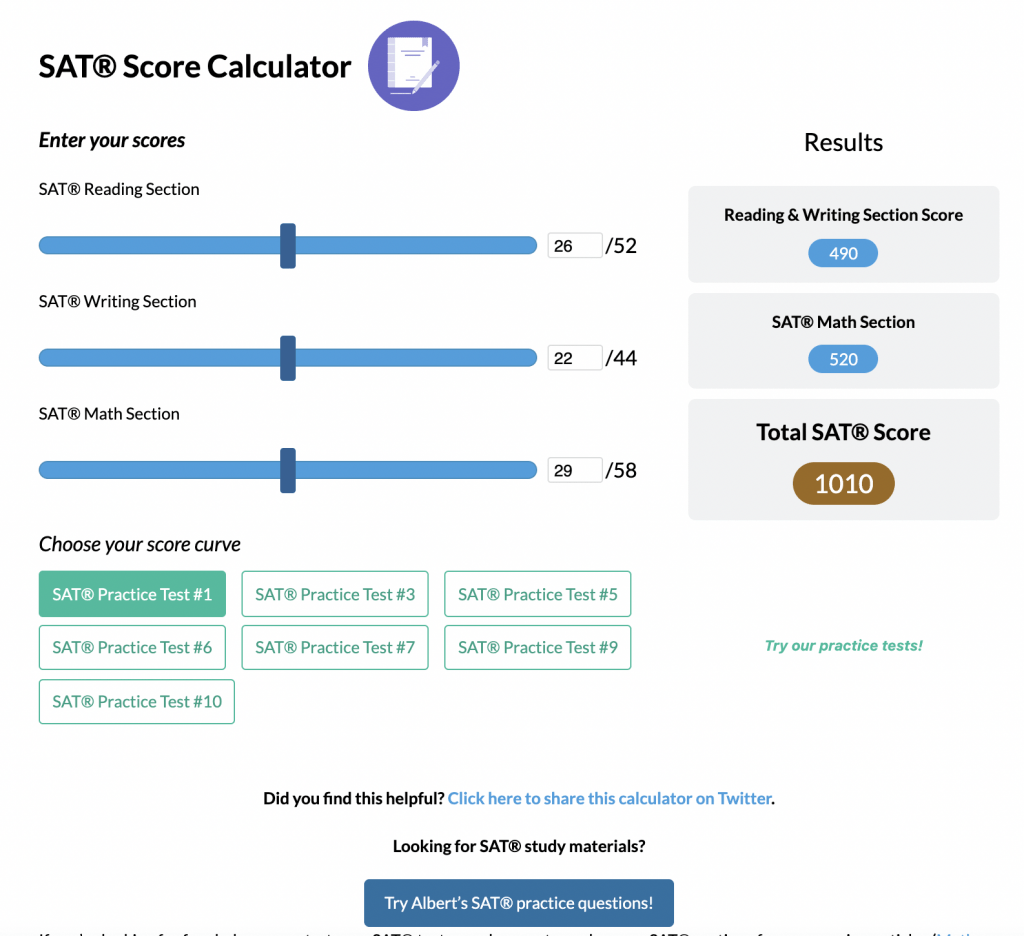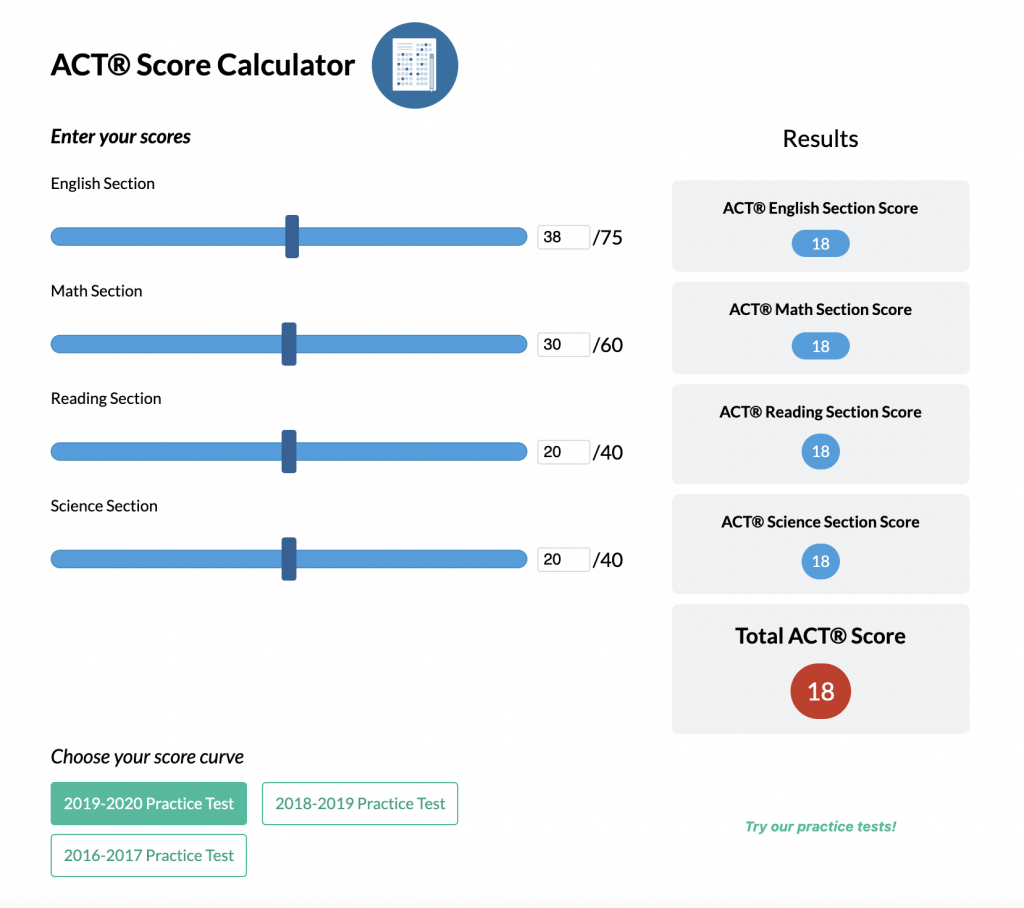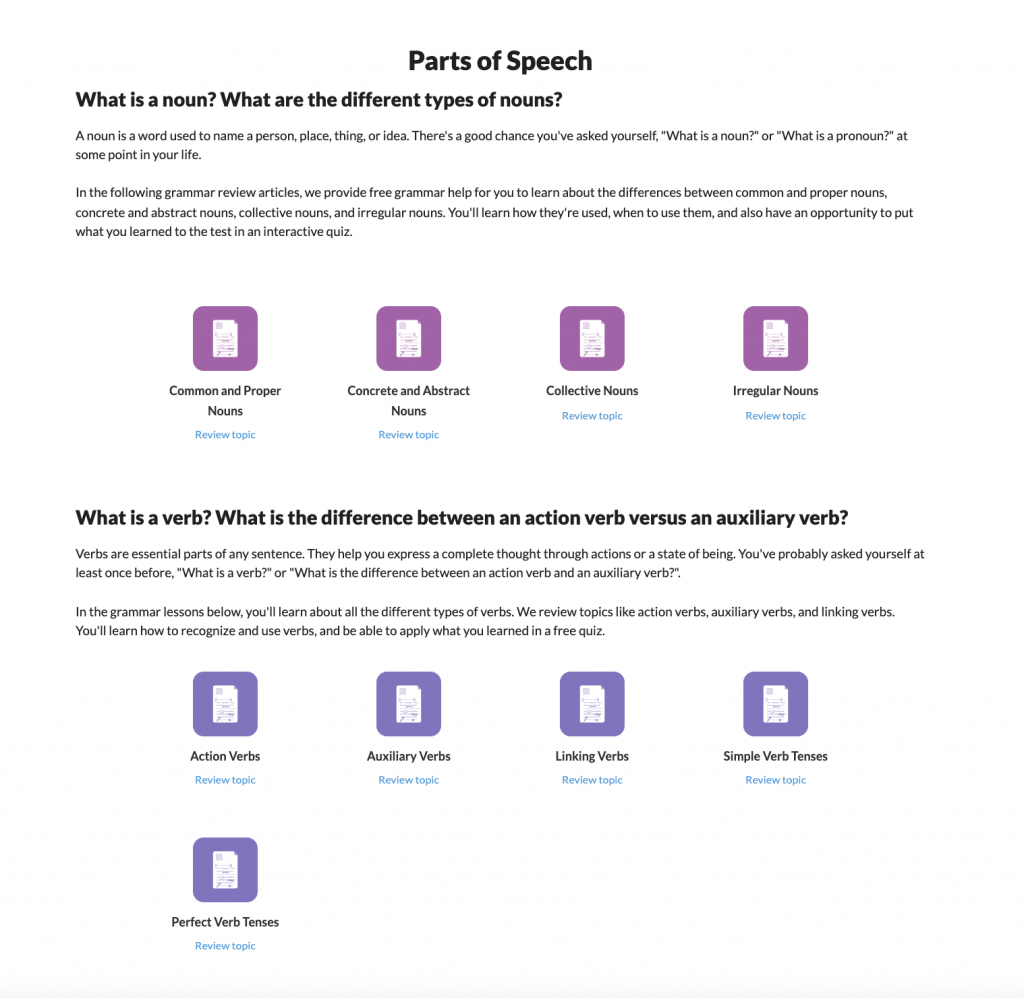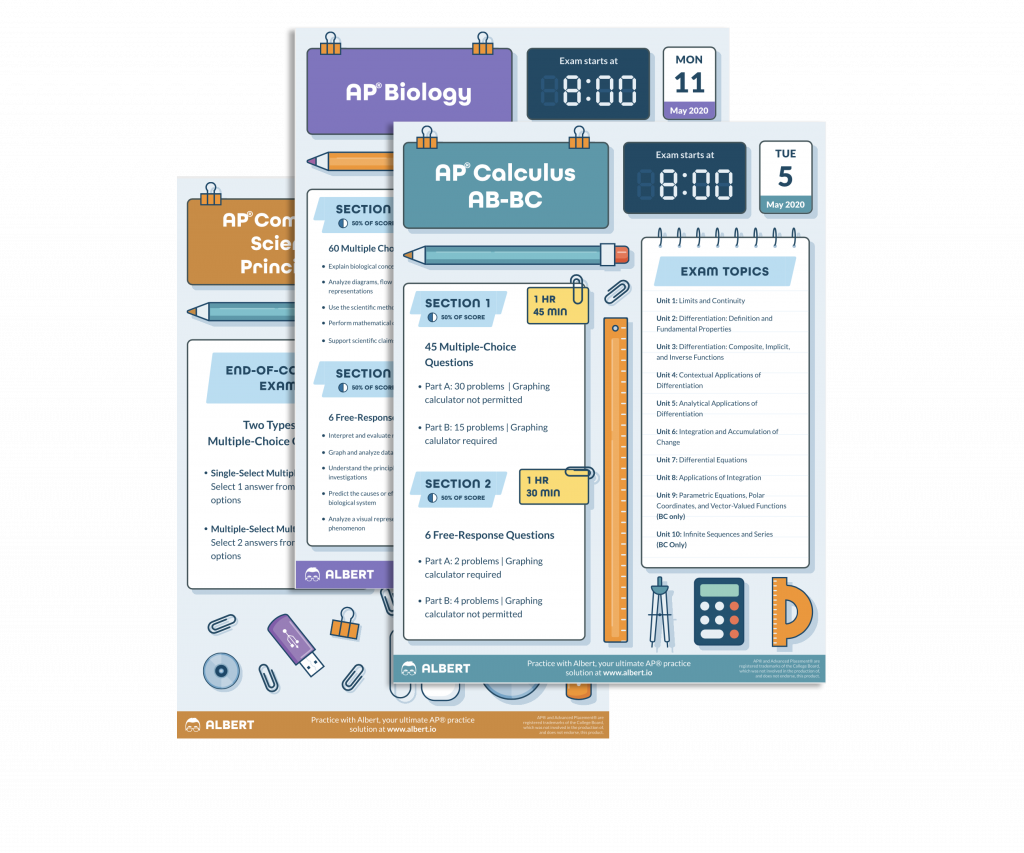Nobody likes conflict, and that includes sentences! We know that every sentence requires a subject and a predicate, but we also have to make sure that these two agree with one another. In the grammar world, this is called subject-verb agreement.
The two places where subjects and verbs most often disagree are in number and tense. If the subject is plural, then the verb also has to be plural. Likewise, if the subject is singular, then the verb must also be singular. This seems like a no-brainer, but things can get complicated when you are talking about money, time, collective nouns, indefinite pronouns, and interrupting phrases.
When you’re ready, test yourself with a quiz and practice with our high-quality, standards-aligned questions.
What We Review
The Basics of Subject-Verb Agreement
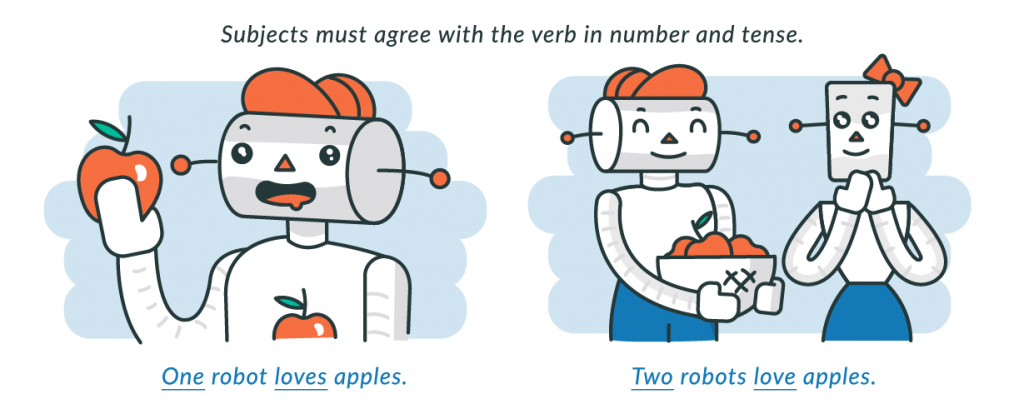
What is Subject-Verb Agreement?
Subject-verb agreement refers to the relationship between the subject and predicate of the sentence. Subjects and verbs must always agree in two ways: tense and number. For this post, we are focusing on number, or whether the subject and verb are singular or plural.
For example:
- The light in the lamppost flickers each night.
In this sentence, the subject light is singular; therefore, the verb that describes the action of the subject must also be singular: flickers.
If the subject was plural, the verbs would have to change form to agree with the subject.
For example:
- The lights in the lampposts flicker each night.
In this sentence, since the subject is now plural, the -s has to be removed from the verb in order to have subject-verb agreement.

Subject-Verb Agreement and Money
Money is tricky when it comes to subject-verb agreement because there are specific rules for referring to an amount of money versus dollars or cents themselves.
For example; since this sentence refers to an amount of money, a singular verb is used:
- Five thousand dollars was deposited at the bank this morning.
On the flip side, this second sentence refers to dollars themselves, so a plural verb is needed instead:
- Five thousand dollar bills were deposited at the bank this morning.
Do you see how the interpretation of the sentence changes when the writer refers to physical dollar bills instead of a lump sum of money?
In reading the first sentence, I imagined a check written out for five thousand dollars being handed to a bank teller. In the second sentence however, I imagined someone lugging several bags into the bag, each filled with one-dollar bills.
Return to the Table of Contents
Subject-Verb Agreement and Time
The rules for time are very similar to the rules for money when it comes to subject-verb agreement.
Just as a singular verb is used with an amount of money, a singular verb is also used with a period of time.
For example:
- The 1920’s is the backdrop for F. Scott Fitzgerald’s novel, The Great Gatsby.
However, even though a plural verb is used when referring to individual dollar bills or coins, we normally do not refer to individual units of time since time is abstract. Therefore, singular verbs are always used instead of plural verbs whenever a writer refers to a period of time or a unit of measurement.
For example:
- 225 pounds is the maximum weight that I can deadlift right now.

Subject-Verb Agreement and Collective Nouns
Collective nouns, or nouns that name groups composed of members, use either singular or plural verbs based on the context of the sentence.
When collective nouns like family, squad, or committee act in unison in a sentence, a singular verb is used.
For example:
- The committee votes to build a new park downtown.
When collective nouns act individually or separately from the group, a plural verb is used.
For example:
- The herd of cows are running sporadically in every direction.
Subject-Verb Agreement and Indefinite Pronouns
Even though indefinite pronouns are nonspecific, most of these pronouns can still be divided into singular and plural categories.
However, for indefinite pronouns that can be either singular or plural depending on the sentence, writers must reference a different noun in the sentence to find out whether a singular or plural verb is needed.
Always singular example:
- Does anybody want to take Precalculus with me this semester?
Always plural example:
- Several kittens need to be adopted this weekend.
When an indefinite pronoun like some, more, none, or all is used, writers must refer to the noun or noun phrase immediately following this pronoun to know whether the verb is singular or plural.
For example:
- None of my clothes are clean. (the verb is plural because clothes is plural)
- None of the pizza is left. (the verb is singular because pizza is singular)

Subject-Verb Agreement and Interrupting Phrases
Sometimes it can be difficult to know whether a verb should be singular or plural because it is so far away from the subject of the sentence. It is easy to be confused by appositive phrases, prepositional phrases, or direct objects and think that these indicate the number of the verb. This is not the case! The subject is the only noun that decides if the verb is singular or plural.
For example:
- Chris Hemsworth, one of many successful actors in Hollywood, has an intense workout regimen.
In this sentence, even though the appositive phrase uses the plural noun actors, the subject, Chris Hemsworth, is still singular, which means that the verb “has” must also be singular.
Here is another example:
- The knot-hole in the tree, typically full of treasures for Scout and Jem, was instead filled with cement.
In this sentence, it can be tricky to find the true subject since there are several prepositional phrases that interrupt the subject and verb. Even though there are many nouns, both singular and plural, the true subject, knot-hole, is singular, so the singular verb was is needed.
Return to the Table of Contents
3 Tips for Understanding Subject-Verb Agreement
Here are some important tips to help you understand Subject-verb agreement:

Tip #1. Objects and appositives can never be the subject of the sentence
For example:
- Jacob, one of my next door neighbors, is a werewolf.
In this sentence, Jacob, not “neighbors”, is the subject of the sentence, because “neighbors” is part of the appositive phrase.
Tip #2. When referring to sums of money or collective nouns acting in unison, a singular verb is used
For example:
- The herd of bison is grazing in the field.
In this sentence, because the bison are acting as a unified group, the verb is singular.
Tip #3. Regardless of where it is in the sentence, the subject always determines whether a verb is singular or plural
For example:
- Her palms sweaty and mind racing, she begins her descent down the mountain.
In this sentence, the subject does not appear until the middle of the sentence. Do not get tricked by modifiers like this participial phrase!
Return to the Table of Contents
Applying the Basics: Subject-Verb Agreement Review & Practice
Now that you understand how subject-verb agreement functions in sentences, review the anchor chart below and complete the review to fully understand how to reach subject-verb agreement in your own writing.
The Ultimate List of Subject-Verb Agreement
Refer to the graphic below to learn the different types of Subject-Verb Agreement:
Note: subjects are underlined, and verbs are italicized.
This list, obviously, does not include all possible scenarios of subject-verb agreement; however, it is meant to be used as a guide to help writers navigate subject-verb agreement.
Subject and Verb Agreement Exercises and Review
Now that you know how to make subjects and verbs agree, test your ability to find the subjects and verbs that agree in number.
Select the subject and verb in the sentences below. Remember, subjects and verbs must agree in number; meaning, if the subject is singular, then the verb must also be singular.
1. Mouse Finbar’s main weakness was cake.
In this sentence, weakness is the singular subject of the sentence, which means that the verb, was, must also be singular.
2. Ruby Roundhouse knew that the only way to save her friends was to win a dance fight.
In this sentence, there are two clauses, each with its own subject and verb. The subject and verb of the first clause are singular: Ruby Roundhouse knew. The subject and verb of the second clause are also singular: way and was. However, since there are two clauses with two separate verbs, we have to make sure that there is also agreement in tense. Since the verb “knew” is in past tense, the verb “was” must also be in past tense.
3. Spencer, Fridge, and Martha were separated from the group during the attack.
In this sentence, the subject (Spencer, Fridge, and Martha) is plural because three different people are included. Therefore, the verb phrase (were separated) must also be plural.
4. In Jumanji: The Next Level, a new character, Ming, is introduced.
In this sentence, character is the singular subject. It is difficult to find the true subject because there is both a prepositional phrase and an appositive; however, since character is the true singular subject, the verb “is” must also be singular.
5. In order to win the game, Jumanji, the characters were instructed to return the Jaguar’s Eye to its home.
In this sentence, characters is the plural subject, and were instructed is the plural verb.
Pro tip: Subjects and verbs within the same clauses must agree with one another in number, while verbs in separate clauses within the same sentence must agree with one another in tense.
For additional practice, check out Subject-Verb Agreement content on Albert.
Return to the Table of Contents
Try for Yourself: Subject-Verb Agreement Quiz

Feeling confident in your understanding of Subject-Verb Agreement?
Take this short six-question quiz to see what you’ve learned:
1. True or False: subjects and verbs must always agree in both number and tense
- Answer: False
- Correct Explanation: That’s right! While subjects and verbs must always agree in number, tense is reserved for verbs only as nouns in the English language cannot denote tense.
- Incorrect Explanation: Sorry, that’s not right! Remember, subjects and verbs must always agree in number, tense is reserved for verbs only as nouns in the English language cannot denote tense.
2. Can noun objects be the subject of a sentence?
- Answer: No
- Correct Explanation: That’s right! Direct objects, indirect objects, and objects of prepositions can never be the subject of a sentence!
- Incorrect Explanation: Sorry, that’s not right! Remember, direct objects, indirect objects, and objects of prepositions can never be the subject of a sentence.
3. In this sentence, should the verb be a singular “is” or a plural “are”?
They is/are attempting to bake bread from scratch.
- Answer: Plural “are”
- Correct Explanation: That’s right! Since the subject, “they”, is plural, the verb must be the plural “are”.
- Incorrect Explanation: Sorry, that’s not right! Remember, if the subject is plural, then the verb must also be plural.
4. In this sentence, are the noun and verb singular or plural?
Racoons are sometimes called “trash pandas” due to their habit of going through people’s garbage.
- Answer: Plural
- Correct Explanation: That’s right! The subject “racoons” and the verb phrase “are called” are both plural.
- Incorrect Explanation: Sorry, that’s not right! The subject “racoons” and the verb phrase “are called” are both plural, not singular.
5. In this sentence, are the noun and verb singular or plural?
Mark, one of my best friends, was cast in our upcoming drama.
- Answer: Singular
- Correct Explanation: That’s right! In this sentence, Mark is the subject, not friends. Therefore, the verb was cast is also singular.
- Incorrect Explanation: Sorry, that’s not right! In this sentence, Mark is the subject, not friends. Remember that nouns in appositive phrases cannot be the subject of the sentence. Therefore, the verb was cast is also singular.
6. In this sentence, is the singular verb “was” or the plural verb “were” needed?
Ten thousand dollars was/were demanded by the thieves for the return of the jewel.
- Answer: Singular verb “was”
- Correct Explanation: That’s right! This is a tricky one. Remember, when referring to a sum of money, a singular verb is used. When referring to actual dollar bills, a plural verb is used.
- Incorrect Explanation: Sorry, that’s not right! Remember, when referring to a sum of money, a singular verb is used. When referring to actual dollar bills, a plural verb is used.
For additional practice with subject-verb agreement, check out our practice on Albert: Subject-Verb Agreement.
Return to the Table of Contents
Teacher’s Corner for Subject-Verb Agreement
Even though subjects and verbs are the foundation of every complete sentence, students can still struggle to locate subjects and verbs in sentences as well as understand why and how they should agree with one another. Once you have a clear understanding of where your students stand, the Common Core English Language Progressive Skills Chart is a helpful tool for building on your students’ knowledge, regardless of where they may be.
For specific standards on subject-verb agreement, check out the Common Core State Standards website.
Albert’s Subject-Verb Agreement Practice provides several activities that each focus on a different type of subject-verb agreement, from Simple Subject-Verb Agreement to more advanced Indefinite Pronouns. Once students have practiced each type of subject-verb agreement, assessments are also provided to check student retention.
Summary for Subject Verb Agreement
It can be tricky to find both the main subject and the main verb of a sentence, especially if there are distracting objects, modifiers, or verbs acting like other parts of speech. Once you have determined the action or state of being that is described in the sentence, then you have to find out who or what is performing the action or experience the state of being. Finally, you must make sure that both the subject and the verb agree in number because if they do not, it can be very difficult to understand what is being communicated.
Be sure to check out our grammar course for more subject-verb agreement practice.
You can also access over 3,400 high-quality questions that address nearly every grammatical concept.
Need help preparing for your Grammar exam?

Albert has hundreds of grammar practice questions with detailed explanations to help you master concepts.





